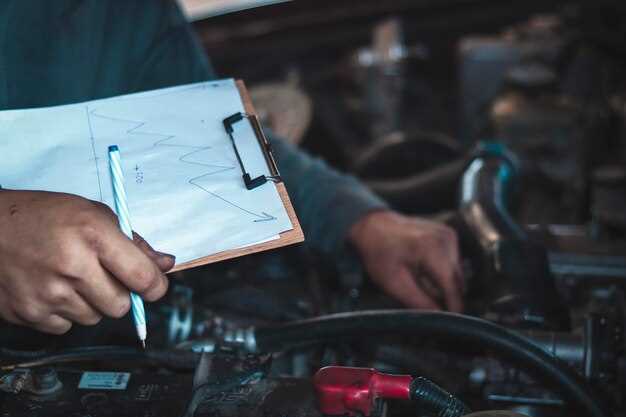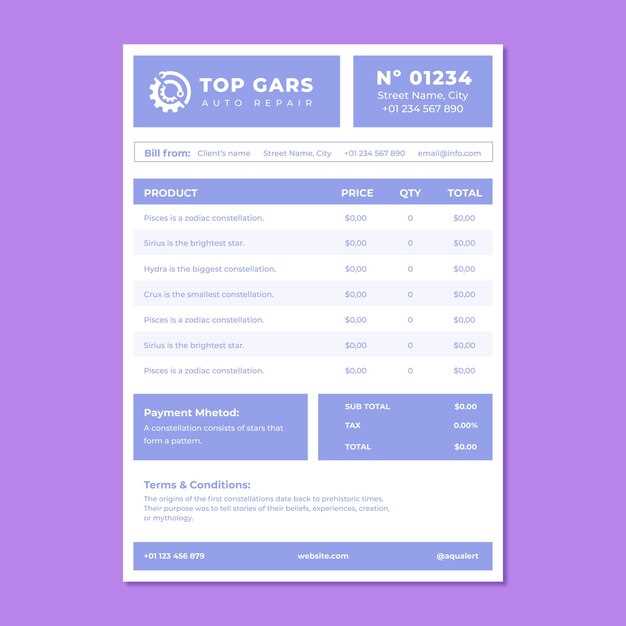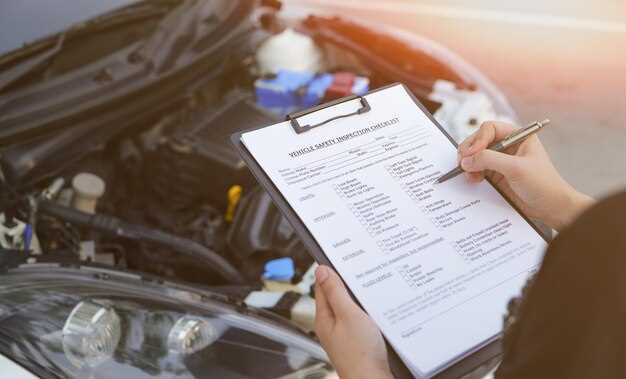
Owning a classic car is not just a hobby; it’s a commitment to preserving a piece of automotive history. Regular care is essential to ensure that your vintage vehicle continues to run smoothly and maintains its value. This Monthly Classic Car Maintenance Checklist serves as a comprehensive guide to help you keep your classic car in optimal condition throughout the seasons.
Each month, make it a point to inspect critical areas of your car, as neglecting even minor details can lead to significant issues down the road. By following this checklist, you not only enhance your car’s performance but also prolong its lifespan. Regular maintenance helps you avoid costly repairs and ensures that every drive in your classic car is a pleasure.
From checking fluid levels to inspecting tires and brakes, this guide encompasses all the vital components that require your attention. The more you invest in the care of your classic car, the more rewarding your ownership experience will be. Stay diligent, and your classic car will reward you with countless enjoyable journeys for years to come.
Inspecting Fluid Levels and Condition

Regular inspection of fluid levels and their condition is essential for maintaining the performance and longevity of classic cars. Neglecting this aspect can lead to serious mechanical issues and costly repairs. Here are the key fluids to monitor:
- Engine Oil:
- Check the oil level using the dipstick, ensuring it is within the recommended range.
- Inspect the oil’s color and consistency–dark and gritty oil indicates the need for a change.
- Transmission Fluid:
- Verify the fluid level with the dipstick, making sure it meets the manufacturer’s specifications.
- Look for a reddish color and absence of burnt smell, indicating good condition.
- Coolant:
- Check the coolant level in the reservoir, ensuring it is at the proper mark.
- Examine the fluid for clarity–dirty or rusty coolant suggests it’s time for a flush.
- Brake Fluid:
- Inspect the brake fluid level; it should be between the “min” and “max” lines in the reservoir.
- Look for any discoloration or cloudiness, which may indicate contamination.
- Power Steering Fluid:
- Check the fluid level against the marks on the reservoir, ensuring it is adequate.
- Inspect for a clear, consistent fluid; a burnt or frothy appearance means it should be replaced.
Regular care of these vital fluids can prevent mechanical failures and enhance driving experience. Make it a habit to inspect fluid levels and conditions monthly, addressing any discrepancies promptly.
Checking Tire Health and Pressure
Regular inspection of tire health and pressure is essential for maintaining vehicle performance and safety. Proper tire care enhances driving experience and prevents potential hazards on the road. Start by checking the tire pressure at least once a month, using a reliable gauge. Tires should be inflated according to the manufacturer’s recommended levels, which can typically be found on the driver’s side door placard or in the owner’s manual.
Next, examine the tread depth to ensure adequate grip and handling. A simple way to measure tread depth is by using the penny test; insert a penny into the tread with Lincoln’s head downwards. If you can see all of Lincoln’s head, it’s time to replace the tires. Additionally, inspect the tire sidewalls for any cracks, bulges, or other signs of wear, as these can indicate serious issues that may lead to tire failure.
Regularly rotating your tires, following the manufacturer’s guidelines, is another preventive measure that promotes even wear and extends tire life. Monitor the age of the tires, as rubber degrades over time regardless of tread wear. Most experts recommend replacing tires every six to ten years. Following these steps will not only ensure safety but also improve your classic car’s overall performance.
Evaluating Battery Performance and Connections

Regular evaluation of your classic car’s battery performance is essential for ensuring reliable operation. Start by checking the battery voltage with a multimeter. A healthy battery should read between 12.4 to 12.7 volts when fully charged. If readings fall below this range, it may indicate a need for recharging or replacement.
Inspect the battery terminals for corrosion and ensure connections are tight. Corroded terminals can cause poor electrical contact, leading to starting issues. Clean any corrosion with a mixture of baking soda and water, followed by thorough rinsing and drying.
Additionally, examine the battery cables for fraying or damage. Regularly replacing worn cables is an effective preventive measure that helps maintain optimal performance. Pay attention to the condition of the battery hold-down clamps; they should be secure to prevent movement that could damage the battery.
Evaluate the electrolyte levels in non-sealed batteries. If levels are low, refill with distilled water to the recommended height. This helps ensure the battery operates within its designed parameters.
Lastly, consider the age of your battery. A typical car battery lasts around three to five years. Regular assessments and proactive management of connections can extend the life of your battery, ensuring your classic car remains ready for the road.
